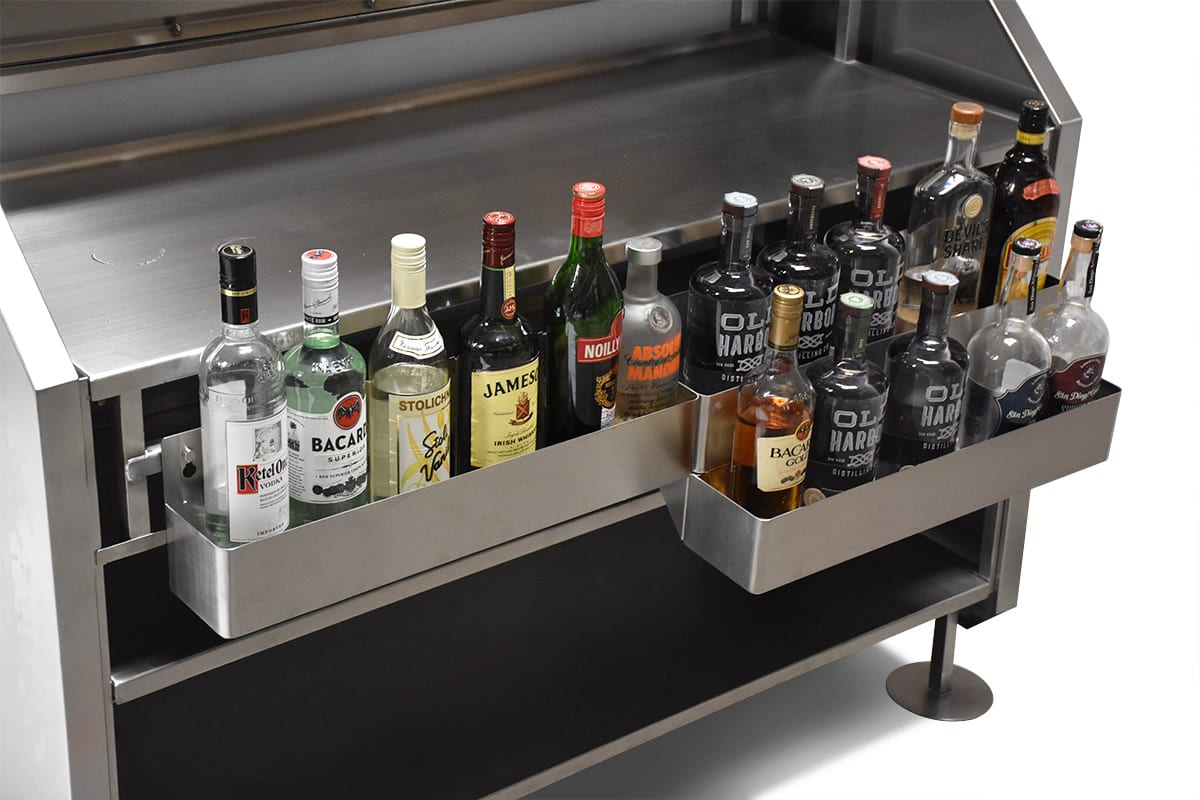
Category II Existing tracks specially upgraded for high speeds, allowing a maximum running speed of at least 200 km/h (124 mph). The International Union of Railways (UIC) identifies three categories of high-speed rail: Category I New tracks specially constructed for high speeds, allowing a maximum running speed of at least 250 km/h (155 mph). Operating conditions Rolling stock must be designed alongside its infrastructure for complete compatibility, safety and quality of service. Rolling stock must be able to reach a speed of at least 200 km/h to be considered high speed. This must apply to at least one section of the line. Minimum speed limit Minimum speed of 250 km/h (155 mph) on lines specially built for high speed and of about 200 km/h (124 mph) on existing lines which have been specially upgraded. Infrastructure track built specially for high-speed travel or specially upgraded for high-speed travel. The European Union Directive 96/48/EC, Annex 1 (see also Trans-European high-speed rail network) defines high-speed rail in terms of: Multiple definitions for high-speed rail are in use worldwide. 10 Existing high-speed rail systems by country and region.

7.3 2013 Santiago de Compostela accident.6 Comparison with other modes of transport.2.3.4 United Kingdom, Italy and Germany.2.2.2 First narrow-gauge Japanese high-speed service.2.2.1 Japanese research and development.2.1.8 First above 300 km/h developments.2.1.6 Italian electric and the last steam record.High-speed rail is the fastest and most efficient ground-based method of commercial transportation, however due to requirements for large track curves, gentle gradients and grade separated track the construction of high-speed rail is more costly than conventional rail and therefore does not always present an economical advantage over conventional speed rail.Ĭhina currently accounts for over two-thirds of the world's total high speed rail, with over 37,900 km (23,500 mi) of high speed rail on their networks. Only in Europe and Asia does high-speed rail cross international borders. Thailand, Turkey, the United Kingdom, the United States, and Uzbekistan. Many countries have developed, or are currently building, high-speed rail infrastructure to connect major cities, including Austria, Belgium, China, Denmark, Finland, France, Germany, Greece, India, Indonesia, Iran, Italy, Japan, Morocco, Egypt, the Netherlands, Norway, Poland, Portugal, Russia, Saudi Arabia, Serbia, South Korea, Spain, Sweden, Switzerland, Taiwan,

There are no narrow gauge high-speed trains the fastest is the Cape gauge Spirit of Queensland at 160 km/h (99 mph). However, certain regions with wider legacy railways, including Russia and Uzbekistan, have sought to develop a high speed railway network in Russian gauge. High-speed trains mostly operate on standard gauge tracks of continuously welded rail on grade-separated rights of way with large radii. The first high-speed rail system, the Tōkaidō Shinkansen, began operations in Japan in 1964 and was widely known as the bullet train. While there is no single standard that applies worldwide, lines built to handle speeds above 250 km/h (155 mph) or upgraded lines in excess of 200 km/h (124 mph) are widely considered to be high-speed. High-speed rail ( HSR) is a type of rail system that runs significantly faster than traditional rail, using an integrated system of specialised rolling stock and dedicated tracks. The Tokaido Shinkansen, which connects the cities of Tokyo and Osaka, was the world's first high-speed rail line. The Tōkaidō Shinkansen high-speed line in Japan, with Mount Fuji in the background.


 0 kommentar(er)
0 kommentar(er)
